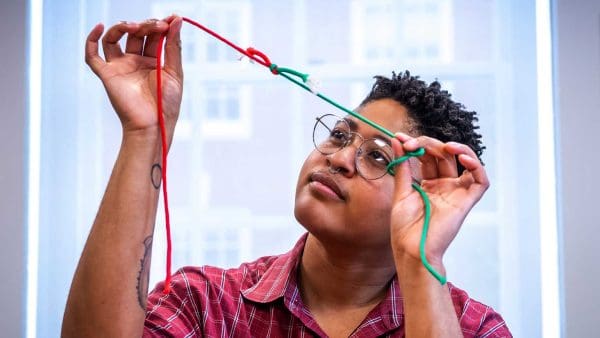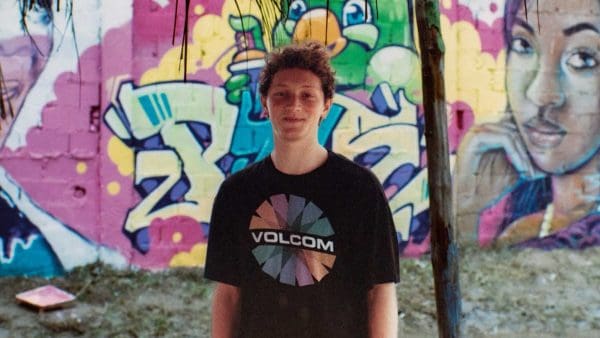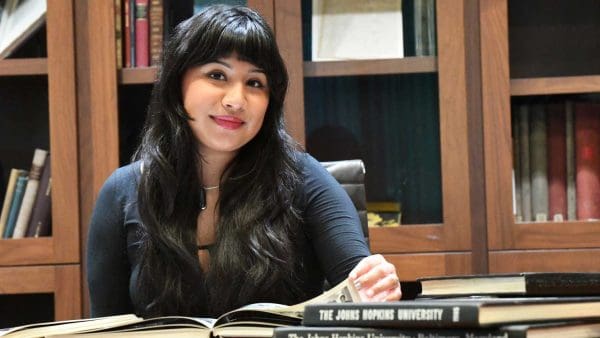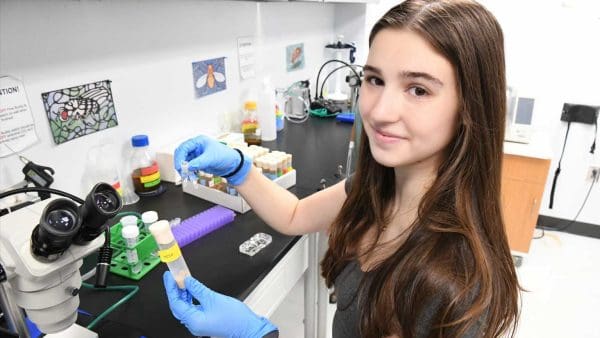When Gillian Waldo was a freshman, she and her sister took a Greyhound bus from Baltimore to South Dakota to see Badlands National Park. It was a long trek, but one with a big payoff. “I was just kind of awestruck,” says Waldo, a senior film and media studies major. “I’d lived on the East Coast all my life, and I hadn’t really experienced that sort of wonder and grandeur in the outdoors. I became interested in exploring these different spaces.”
Her subsequent research involved reading up on the history of the national parks, and some of what she found wasn’t awesome or wonderful: like conscious efforts to exclude African-Americans from enjoying the spaces and marginalizing the role of Native Americans when parks were carved out of their ancestral lands. “The slogan that the national parks are ‘America’s Best Idea’ is problematic because implicit in that statement is a negation of this other history that doesn’t get talked about,” Waldo says.
The first part of her project involves writing a paper exploring ways racism and exclusion have played out in the parks since the National Parks Service’s creation just over a century ago. Waldo says one method to discourage blacks from visiting parks during segregation was relegating them to smaller, less-scenic spaces with substandard facilities and dowdy campsites and bathrooms. “Basically, following the egregious separate-but-equal policies that were anything but,” she says. For native peoples, it was often a case of displacement and not having a seat at the table when the Park Service created the spaces and directed their ongoing stewardship.
The second part of Waldo’s project involved shooting a short film last summer as she and a friend spent a month visiting national parks and monuments, including Death Valley, Olympic, Black Canyon, and Bears Ears. She calls the resulting 17-minute film—shot on 16 mm film, not video—a non-political “essay film,” exploring the diversity of landscapes. She hopes to submit it to some small film festivals.
Since she began her work, the Park Service announced sizable increases to admission fees for several popular parks, which Waldo feels “just adds another barrier to people who want to experience them.”
“This project was a good way of investigating how [national] parks fit into the greater thread of American history and echo a lot of historical events, while also speaking to the tensions that we see in our society today,” Waldo says. Despite the thorny history and recent challenges, everyone Waldo interviewed about our national parks—park rangers, visitors, members of allied nonprofits—remain bullish on them. “Everyone was unanimous in saying that the parks could really be a force for good,” she says.




